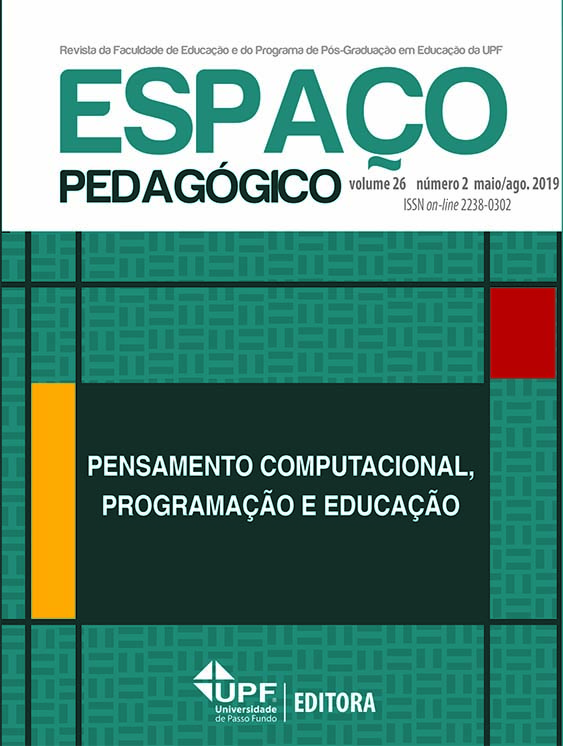Students’ conceptions of ethnic-racial tensions in school and society
DOI:
https://doi.org/10.5335/rep.v26i2.7706Keywords:
Marcadores étnico-raciais. Escola. Alunos.Abstract
This article presents the results of a research carried out with the purpose of examining the statements of students from the Final Years of Elementary School in a public school in Estrela, RS, a municipality of German colonization, about ethnic and racial markers operating in school and society. These questions are potentiated, at present, with Haitian immigration in this city. The theoretical contributions that support the study come from contemporary discussions about race and ethnicity, such as Meyer (2011), Silva (2005, 2017) and Gomes (2003). The research material scrutinized consists of observations of classes and records of pedagogical activities put into action in a class of the 8th Year of Elementary Education. The analysis showed the existence of discriminatory practices in the city where the students live, especially in relation to blacks. On the other hand, the students affirm that these practices are not present in the school. In addition, black students do not identify with their blackness, calling themselves “morenos” or “half brown,” showing that ethnic-racial belonging constitutes a process surrounded by tensions that often generate denial or rejection to the feeling of belonging to a particular group.




